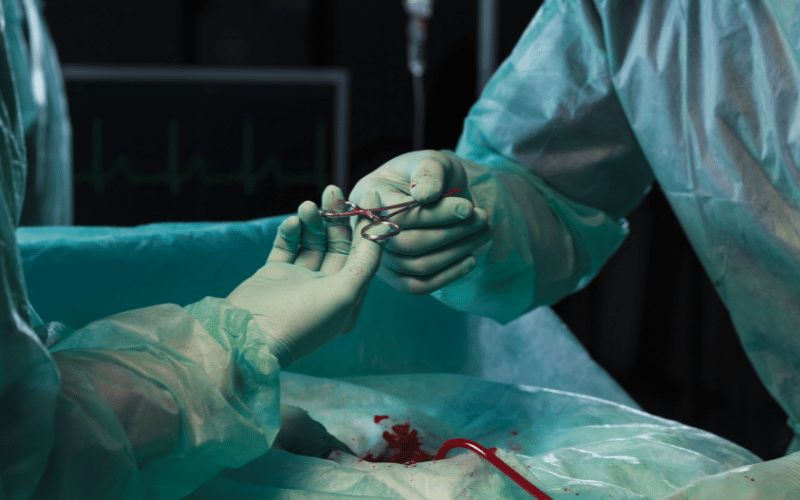9. Surgical Interventions: When All Else Fails

The journey into diverticulitis treatments wouldn’t be complete without touching upon surgical procedures. Surgery is usually a last resort, reserved for severe cases or when other treatments don’t yield results. It’s an intricate world of precision, skill, and cutting-edge technology.
In the realm of diverticulitis surgeries, two stand out: primary bowel resection and bowel resection with colostomy. The former involves removing the diseased parts of the colon and then rejoining the healthy sections. This procedure ensures that the patient can still have normal bowel movements post-surgery.
The latter, bowel resection with colostomy, is a tad more complex. Here, the diseased segment is removed, but instead of rejoining the healthy parts, an opening (stoma) is made in the abdomen. Waste then passes through this stoma into a bag. While it might seem daunting, advancements in colostomy care have made it manageable.
Historically, surgeries were invasive and required significant recovery time. But the advent of laparoscopic surgery has revolutionized the field. Smaller incisions, reduced hospital stays, and quicker recovery times have made it a preferred choice.
On a broader scale, the role of surgery in treating diverticulitis is a testament to human ingenuity. It symbolizes the lengths to which medicine has gone to ensure better patient outcomes, intertwining science and artistry in a life-saving dance. (9)